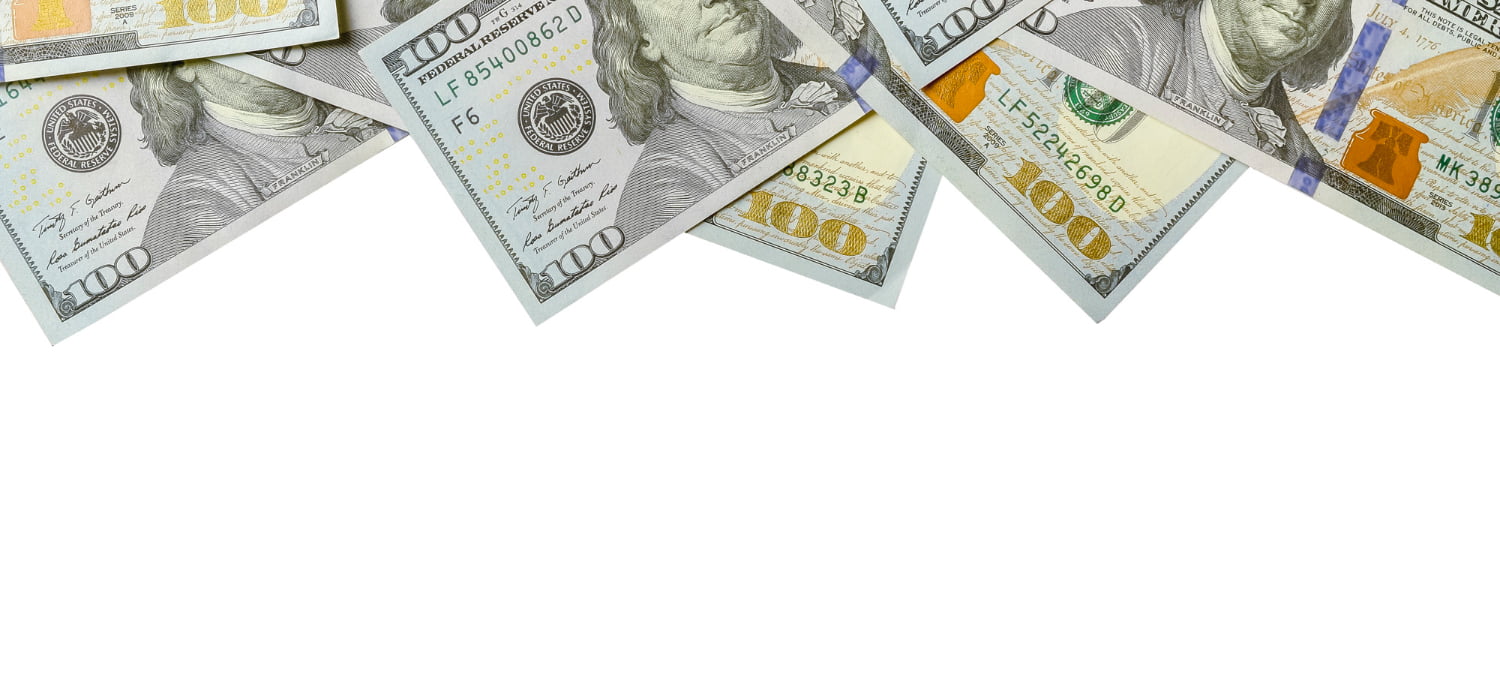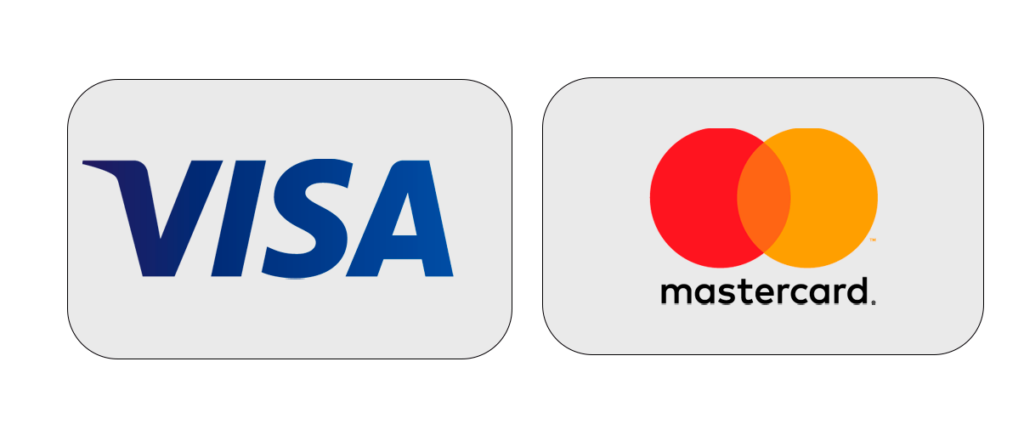
Government produces currency known as “fiat money” and it is not backed by a tangible good like gold or silver, but rather by the government that created it. Instead of being backed by the value of a commodity, fiat money derives its value from the interplay between supply and demand as well as the stability of the government that issues it. The “modern” paper currencies are fiat currencies, including US dollar and euro. Governments used make coins out of valued physical commodities, such gold or silver. These practices gave rise to fiat currency. But because there is no underlying asset supporting fiat, it is not convertible and cannot be redeemed. Fiat money runs the danger of depreciating in value owing to inflation or possibly losing all of its value in the case of hyperinflation because it is not backed by actual reserves like a national stockpile of gold or silver. The rate of inflation can double in a single day in some of the worst cases of hyperinflation.
The Pros and cons of fiat currency
The advantage of fiat currency is “storing value”, offering a numerical account, and enabling exchange. It also has great “seigniorage”, which means that producing it is less expensive than producing a currency that is directly linked to a commodity. Governments and central banks attempted to protect their economies from the worst effects of the natural booms and busts of the business cycle, which is in part why fiat currencies rose to popularity in the 20th century. Central banks are better equipped to handle economic factors including credit supply, liquidity, interest rates, and money velocity since fiat money has a lot more supply control than precious metals like gold do. For instance, the U.S. Federal Reserve and the European Central bank has a dual responsibility to control inflation and unemployment. The disadvantage is the potential crisis and financial collapse because the money supply controlled by central banks doesn’t avoid depressions or severe recessions. Due to the scarcity of gold, a currency backed by it is, for instance, typically more stable than fiat money. With fiat money, there are more chances for bubbles to form due to its endless supply.
What is the main difference between fiat currency and crypto currency?
While Cryptocurrencies are decentralized digital currency or assets that are held together by the blockchain technology. Fiat currencies, on the other hand, are government-issued money with the backing of the sovereign. cryptocurrencies can be considered money because they allow transactions between two parties and serve as a store of value. However, they also provide benefits that the current traditional financial system is unable to provide, such as the ability for anyone, anywhere, at any time to send and receive money without the aid of a bank or a government. Fiat money essentially represents debt. A central bank concurrently issues consumers, a portion of their country’s debt when it issues banknotes. Fiat money has no intrinsic worth, it only has value because a government declares it to be legal. When loans are taken out, a government generates the majority of its revenue. When customers borrow money, banks make money. In the case of the US dollar, there probably wouldn’t be any in circulation either if no loans were taken out. In other words, the US dollar wouldn’t exist if customers hadn’t borrowed money from banks.






